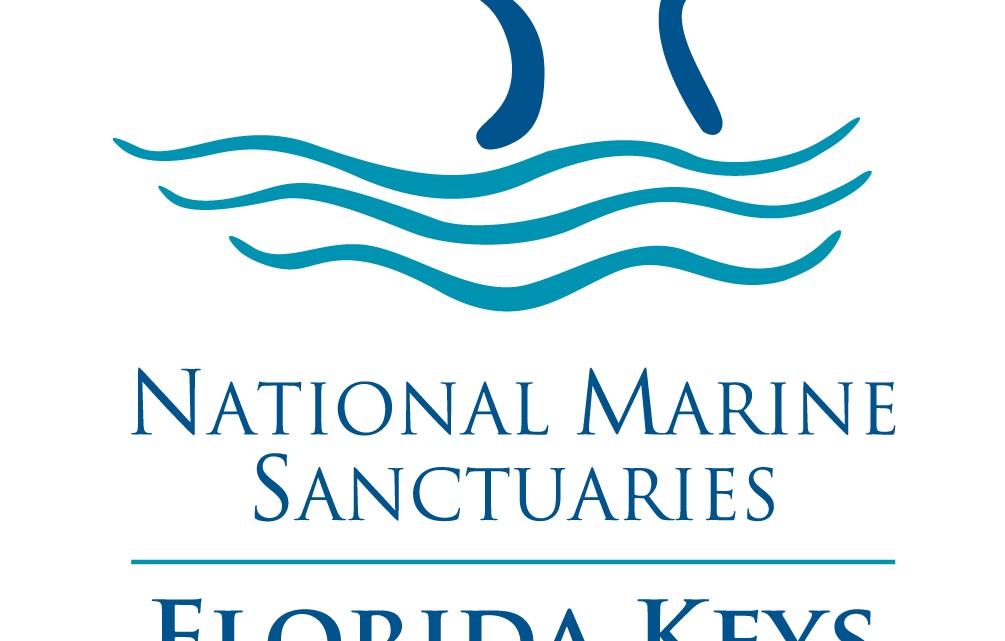Using Rubble to Rebuild Living Reef at Cheeca Rocks
This week, a team from Florida Keys National Marine Sanctuary finalized a project to restore living coral colonies on a damaged patch reef near Cheeca Rocks that was injured when a rogue buoy dragged across it.
Boat groundings, anchors, chains and other items that drag along the seafloor can damage or destroy a reef’s complex formations — which take decades to grow into a rich habitat for fish — in just seconds. Fortunately, hard work can sometimes speed a reef’s recovery.
“We successfully re-stabilized every living coral colony and piece of loose rubble salvaged from the path of destruction,” said Bill Goodwin, a natural resource manager with the Florida Keys National Marine Sanctuary.
The buoy that damaged the reef was swiftly removed when a team of NOAA scientists first reported it, but it had already left 150 square feet of broken and dislodged living coral colonies in its wake and reduced 260 square feet of non-living coral reef framework to rubble.
A sanctuary team inspecting the damage shortly after the incident found broken heads of stony coral colonies including brain corals, star corals, finger corals and mustard hill coral. They couldn’t re-attach the living coral at the original damage site because the porous substrate wouldn’t retain the cement needed to hold them in place. As a temporary fix, they stashed the coral colonies in a natural crevice to keep them from being smothered in sand or rolling around from the surge.
In July, sanctuary scientists teamed up with the buoy maintenance crew to build a sturdy base that could serve as a new home for these living coral heads. The goal was to create relief — the height and three-dimensional structure of healthy natural reefs — that would make for good fish habitat.
Sanctuary divers built the base by using fiberglass rods drilled into the substrate before pouring a mixture of Portland cement and sand into plastic molds that Goodwin calls “reef-forms.” They painstakingly relocated dead rubble from the injury into the mix, shaping it into a form that looked and functioned like a naturally occurring reef. The rescued living coral colonies were then affixed to the newly created base.
“Using coral rubble helps new coral settle and thrive because larvae cue in on substrates that are already covered with the red encrusting, coralline algae,” explained Goodwin.
Once the cement was cured, sanctuary divers removed the mold and checked the structure’s stability. They mapped, measured, photographed and noted current conditions for each reattached coral colony as a baseline for future monitoring and took similar data for nearby uninjured corals to serve as a scientific control group.
“Not only was the reef rejuvenated but so was the team,” Goodwin said, “Restoring the reef reminded all of us why we got into this line of work.”
Follow-up monitoring is scheduled one, three, six and ten years from now to track the long-term success of the restoration.
If you ever see a buoy adrift or grounded boat in the sanctuary, please report it to the Florida Fish and Wildlife Commission at 1-888-404-3922 so officials can respond and assess the damage.
[livemarket market_name="KONK Life LiveMarket" limit=3 category=“” show_signup=0 show_more=0]





No Comment